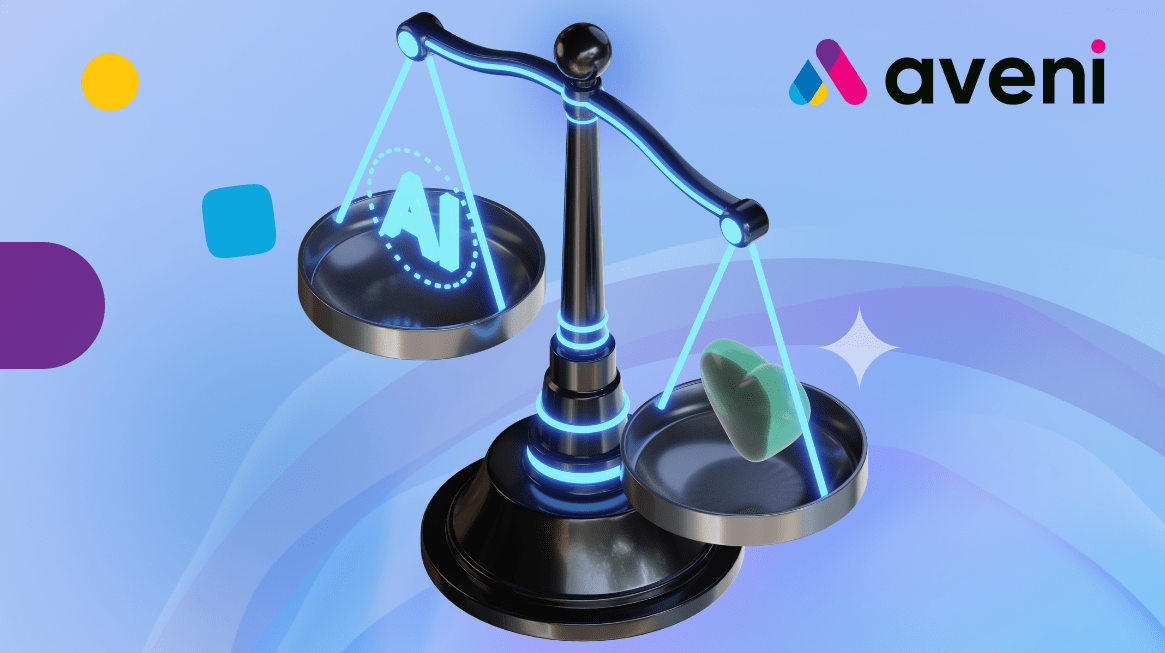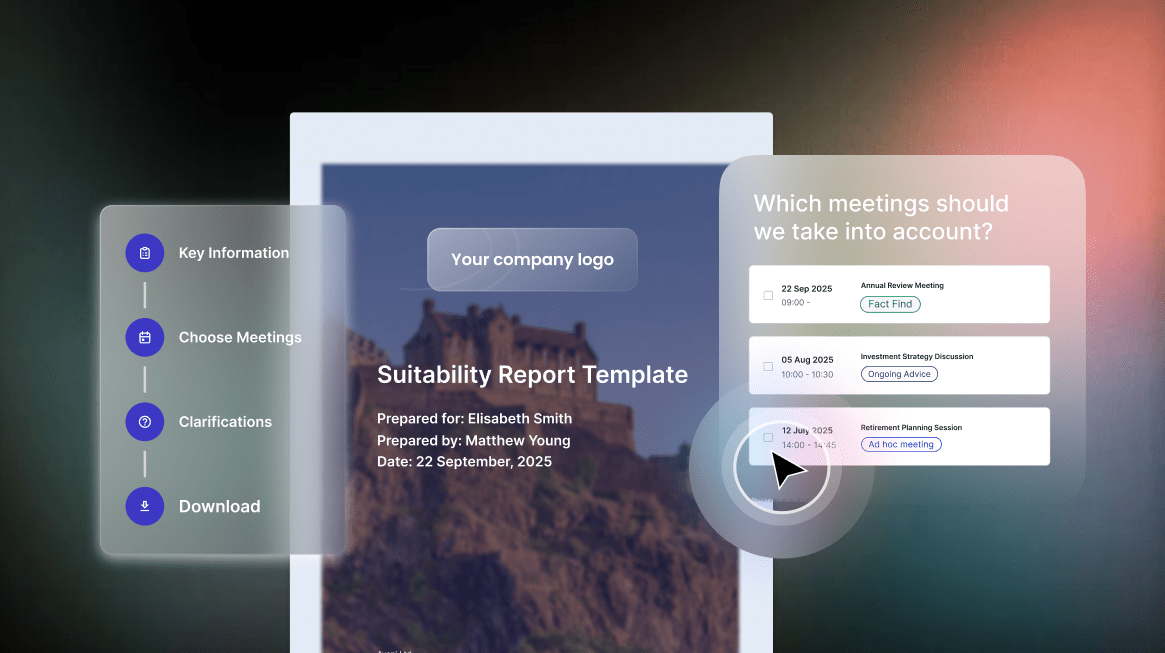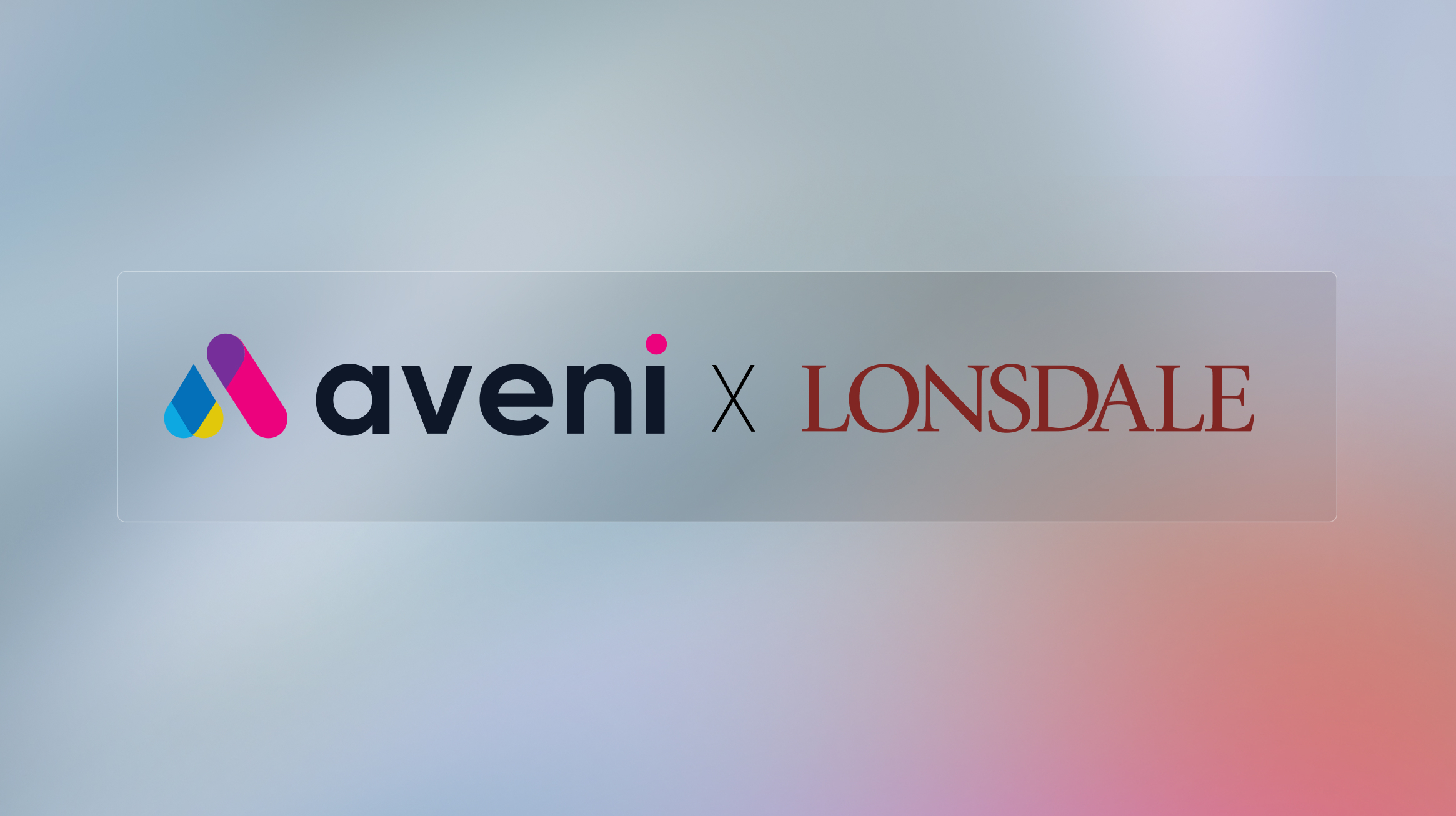The financial services sector faces a unique challenge with AI adoption. While technology promises operational efficiency and enhanced customer outcomes, the stakes are higher than in any other industry. One misstep can result in regulatory breaches, customer harm, and reputational damage that takes years to repair.
This reality demands a fundamentally different approach to AI governance in financial services. Generic models and surface-level safety measures won’t suffice when dealing with vulnerable customers, sensitive financial data, and evolving regulatory requirements. Financial institutions need AI systems with governance built into their foundation from the start.
The Regulatory Landscape Is Complex and Evolving
The EU AI Act classifies financial AI applications as “high-risk,” imposing strict requirements for transparency, accountability, and ongoing monitoring. The FCA has established six core principles for AI use in financial services: transparency, fairness, accountability, security, redress, and data governance. The PRA focuses on operational resilience and model risk management.
Compliance requires firms to demonstrate systematic approaches to AI governance that span the entire model lifecycle, from development to deployment to monitoring. The challenge is building systems that can deliver compliance consistently.
Explore how AI governance links directly to Consumer Duty expectations → Consumer Duty Technology: The 2026 Outcomes Roadmap
Moving Beyond Surface-Level Compliance
Traditional approaches to AI governance often treat safety as a single dimension. This creates blind spots that prove costly in financial services applications. A model might perform well on standard benchmarks while still exhibiting bias in credit decisions, hallucinating regulatory advice, or failing to protect sensitive customer data.
Effective AI governance requires a risk-specific approach that addresses each category of potential harm:
- Bias and fairness: Ensuring equitable treatment across customer demographics
- Data protection: Safeguarding personal and financial information
- Misinformation: Preventing inaccurate financial guidance or regulatory advice
- Transparency: Providing clear explanations for automated decisions
- Accountability: Establishing clear ownership and responsibility for AI outcomes
Each risk category requires dedicated evaluation methods, mitigation strategies, and monitoring systems. A comprehensive governance framework maps these requirements across every stage of the AI development lifecycle.
See how we built financial AI’s most comprehensive safety framework with AveniBench →
Practical Governance Architecture That Works
At Aveni, we’ve developed a governance framework specifically designed for financial services AI. This operational structure guides FinLLM development and deployment.
Our approach follows a clear progression:
Principles → Regulations → Standards → Requirements → Safety Report → Artefacts
- Consider the AI Principles: Establish ethical foundations aligned with FCA principles
- Examine regulatory frameworks: Map requirements from EU AI Act, FCA guidelines, and PRA expectations
- Assign standards and requirements: Create specific documentation standards for compliance demonstration
- Summarise our approach: Maintain transparent reporting on governance implementation
- Create individual artefacts: Develop policies, impact assessments, and compliance documentation
This framework ensures clear traceability from high-level principles to specific technical practices, enabling comprehensive auditing and regulatory demonstration.
Explore the technical procedures behind aligning LLMs to financial services →
Operational Governance Structure
Effective AI governance requires clear accountability structures and operational processes.
We’ve established a tiered governance approach:
AI Governance and Ethics Board: Provides ethical oversight, safety assurance, and regulatory compliance across the entire AI development pipeline. This board manages risks including bias, security vulnerabilities, and hallucinations while establishing clear roles and responsibilities.
Specialised Working Groups: Focus on specific domains:
- Safety team: Conducts detailed risk analyses and safety evaluations
- Information Security team: Manages cybersecurity and data protection
- Data Governance team: Ensures responsible data sourcing and usage
Operational Teams: Execute governance decisions:
- Risk & Compliance Team: Maintains regulatory landscape awareness and frameworks
- Technical Team: Implements governance requirements in model development
- Senior Leadership: Aligns governance with business objectives
This structure enables thorough oversight while maintaining operational efficiency. Each team has defined responsibilities and reporting structures that ensure accountability flows from board level to day-to-day operations.
→ For more detail, see AI Compliance Monitoring in UK Financial Services: A Practical Playbook
Industry Collaboration and Regulatory Engagement
AI governance develops through industry engagement. The regulatory landscape evolves rapidly, and financial services firms need to stay ahead of changes while learning from industry best practices.
We’ve established strategic partnerships that strengthen our governance approach:
FCA Collaboration: We participated in the FCA Digital Sandbox and their AI sprint, which validated our governance approach with industry peers and regulators. This engagement provided insights into AI literacy requirements, potential use cases, and the UK government’s AI Opportunity Plan.
Regulatory Compliance Specialists: We engage external specialists to navigate complex regulatory changes and data protection requirements. Every employee receives AI regulation training to ensure they understand how AI governance applies to their role.
Research Partnerships: We collaborate with the University of Edinburgh on ethical AI development, translating research into practical applications. Our team contributes to initiatives like EuroLLM and develops specialised datasets for hallucination detection and mitigation.
These partnerships ensure our governance framework evolves with regulatory requirements and industry best practices.
Demonstrable Compliance Through Documentation
Governance frameworks work when they produce concrete evidence of compliance. Regulatory examination requires clear documentation that demonstrates systematic risk management.
Key documentation includes:
- Model Cards: Hosted on HuggingFace, providing transparent model specifications
- Data Protection Impact Assessments: Ensuring personal data processing respects individual rights
- Model Risk Management Policies: Documenting risk identification, management, and mitigation approaches
- Privacy Notices: Detailing data collection, use, and protection practices
- Model Use Guidance: Providing clear instructions for responsible model deployment
This documentation creates an auditable trail from governance principles to operational practices, enabling regulatory demonstration and continuous improvement.
Discover how FinLLM’s architectural choices support safety by design →
The Business Case for Strong AI Governance
AI governance delivers competitive advantage. Financial institutions with strong governance frameworks can:
- Deploy AI systems with confidence, knowing they meet regulatory requirements
- Reduce operational and reputational risk from AI failures
- Build customer trust through transparent, accountable AI practices
- Accelerate AI adoption by reducing regulatory uncertainty
- Demonstrate leadership in responsible innovation
The cost of poor AI governance far exceeds the investment in proper frameworks. Regulatory fines, reputational damage, and customer harm create lasting impacts that proper governance prevents.
Learn why FinLLM matters to financial services leaders →
Looking Forward: AI Governance in Financial Services as Enabler
The financial services industry stands at a critical juncture. AI technologies offer unprecedented opportunities to improve customer outcomes, enhance operational efficiency, and create new value propositions. Realising these benefits requires governance frameworks that enable innovation while managing risk.
Strong AI governance should accelerate innovation by creating clear pathways for responsible deployment. When governance is built into the foundation of AI systems, rather than layered on top, it becomes an enabler of trust and scalability.
The future belongs to financial institutions that recognise AI governance as a strategic capability. Those that invest in comprehensive governance frameworks today will be best positioned to capture the benefits of AI while maintaining the trust that underpins financial services.
Financial services firms serious about AI adoption need partners that understand this reality. The question is whether to build governance properly from the start.
Download the full FinLLM Safety, Ethics, and Value Report →
Ready to explore how comprehensive AI governance can accelerate your AI initiatives while ensuring regulatory compliance? Get in touch to discuss how FinLLM’s governance-first approach can support your organisation’s AI strategy.






